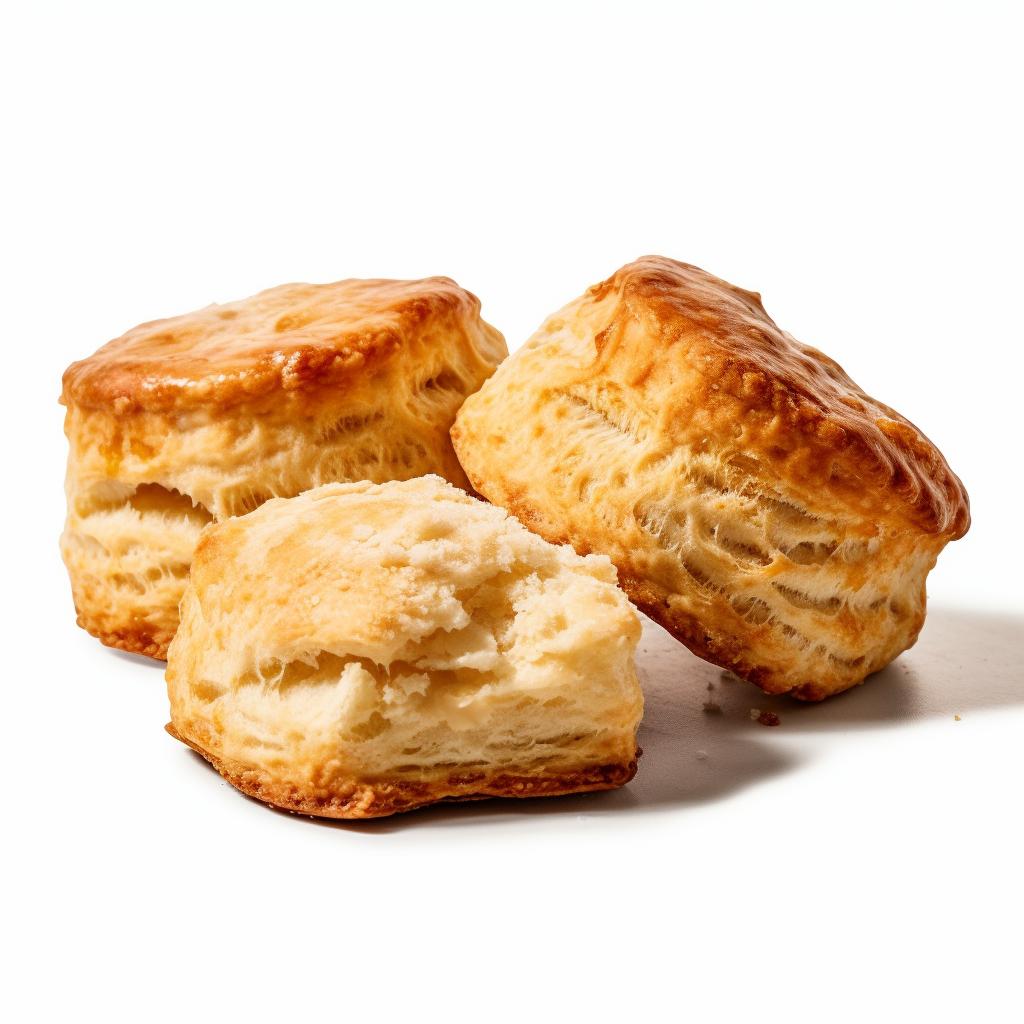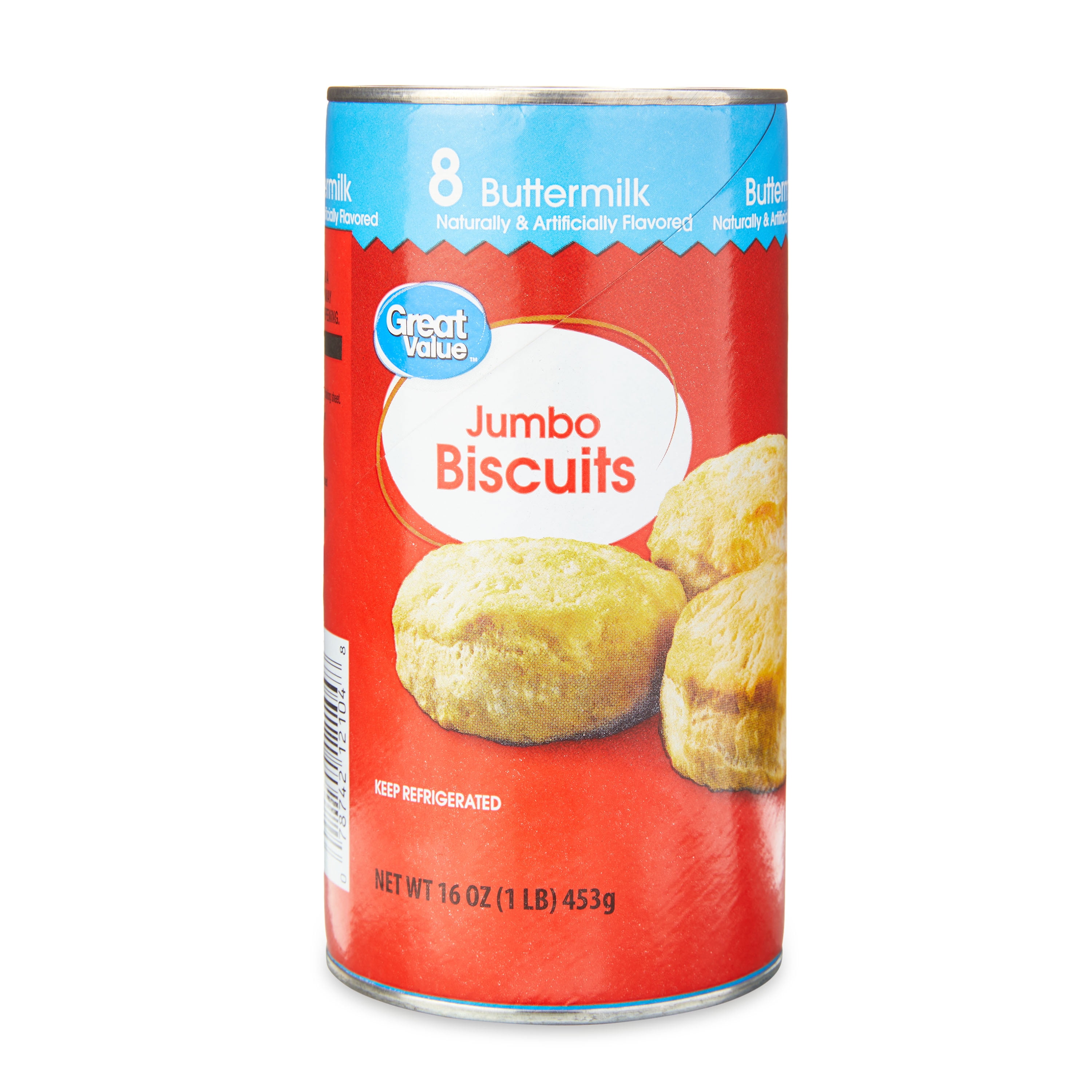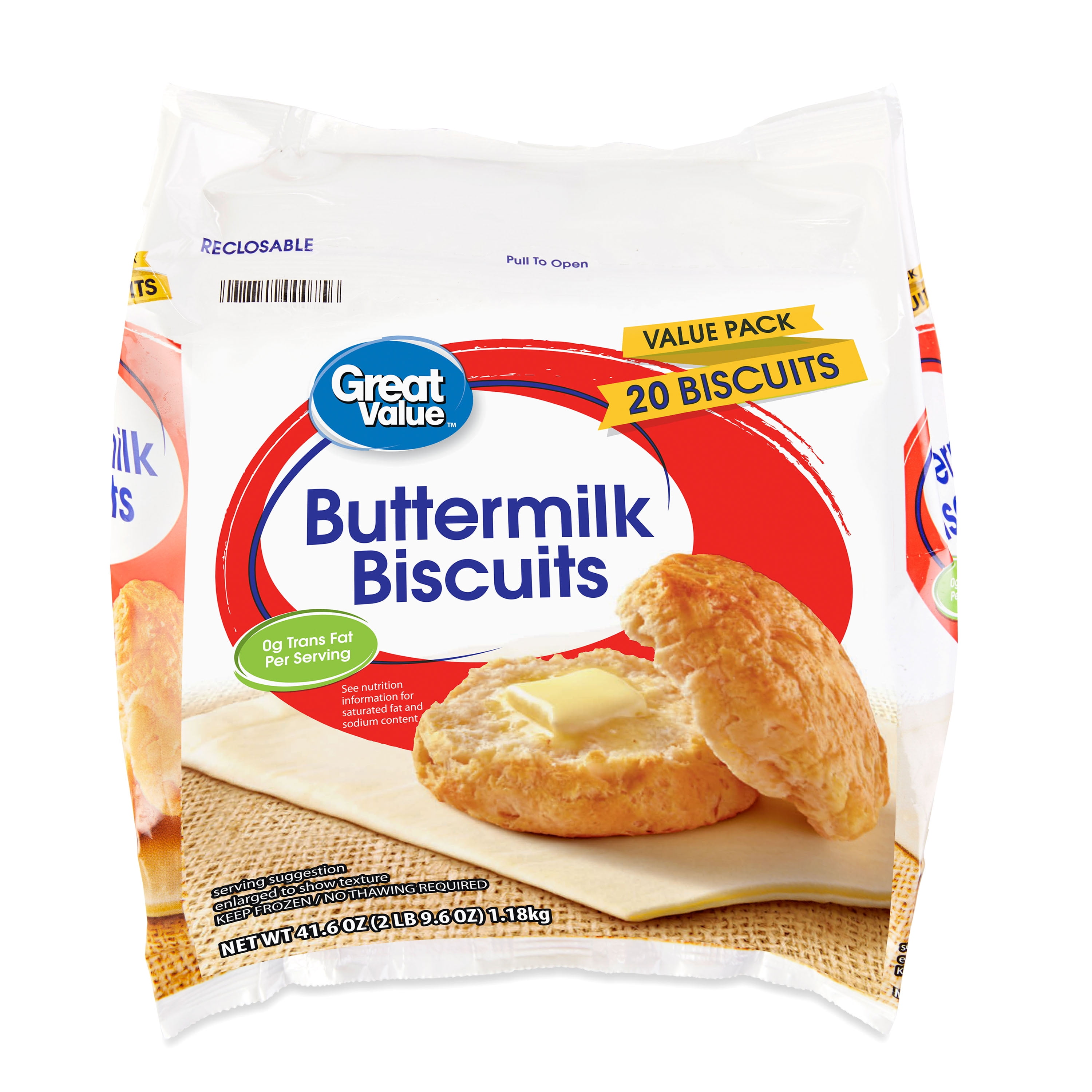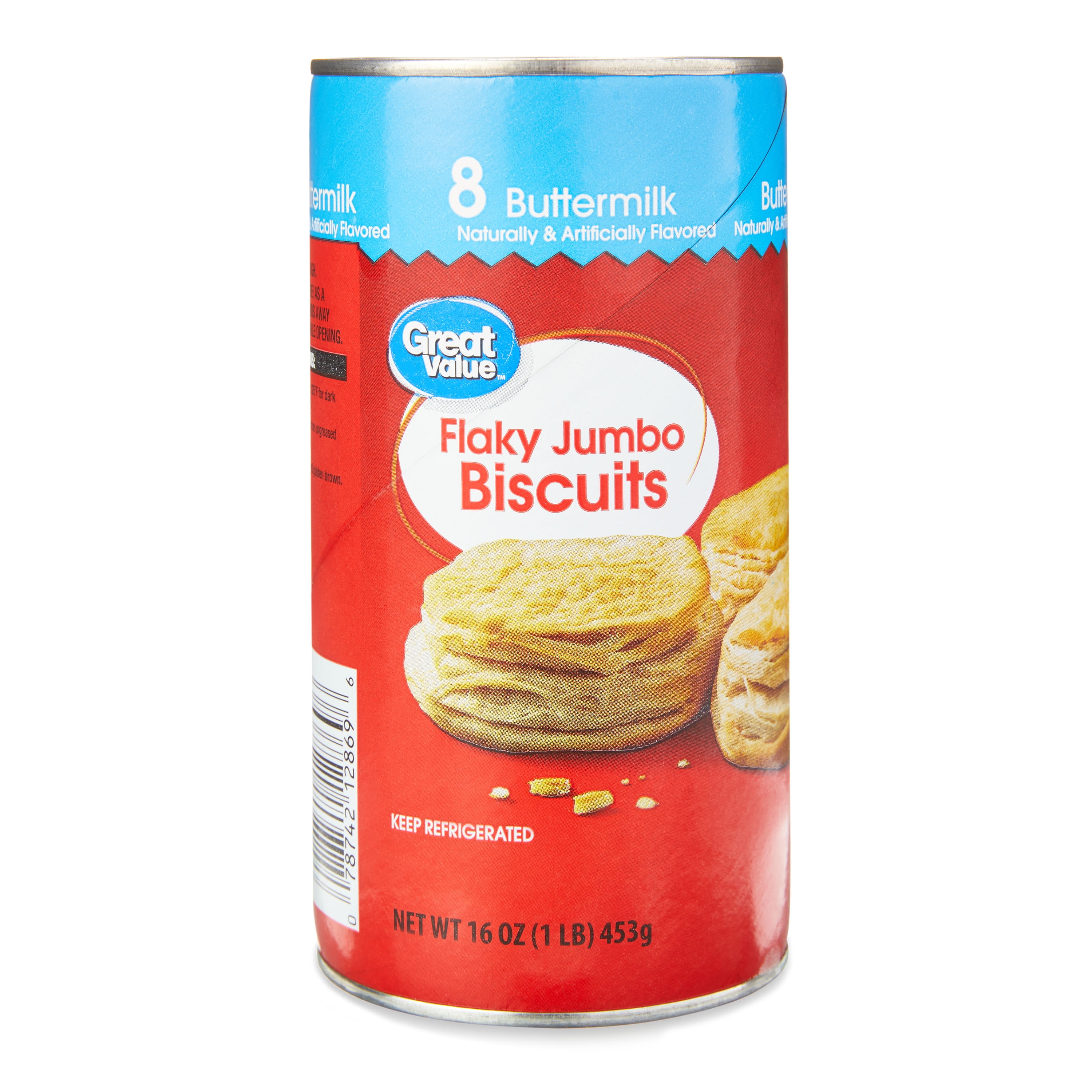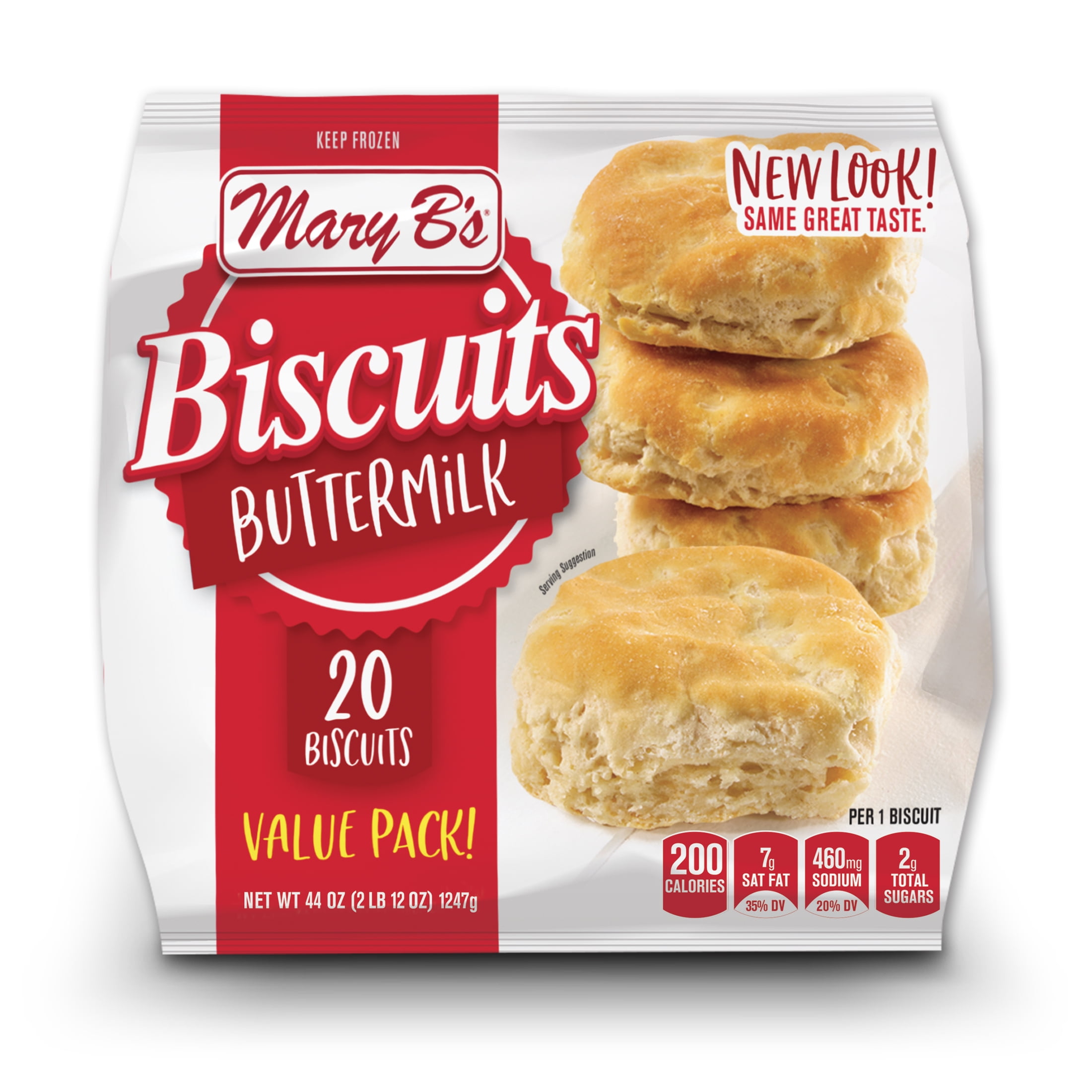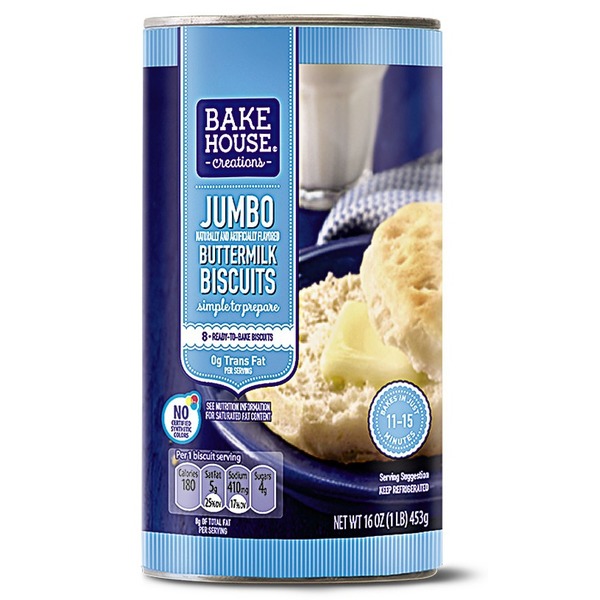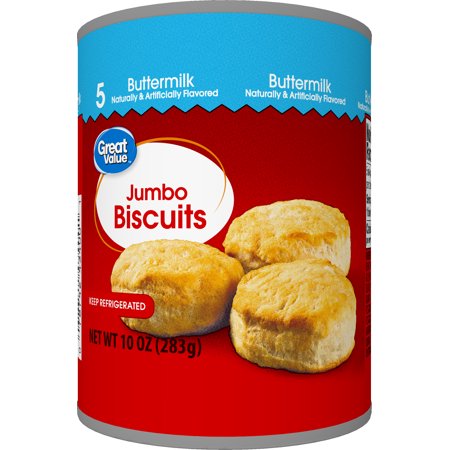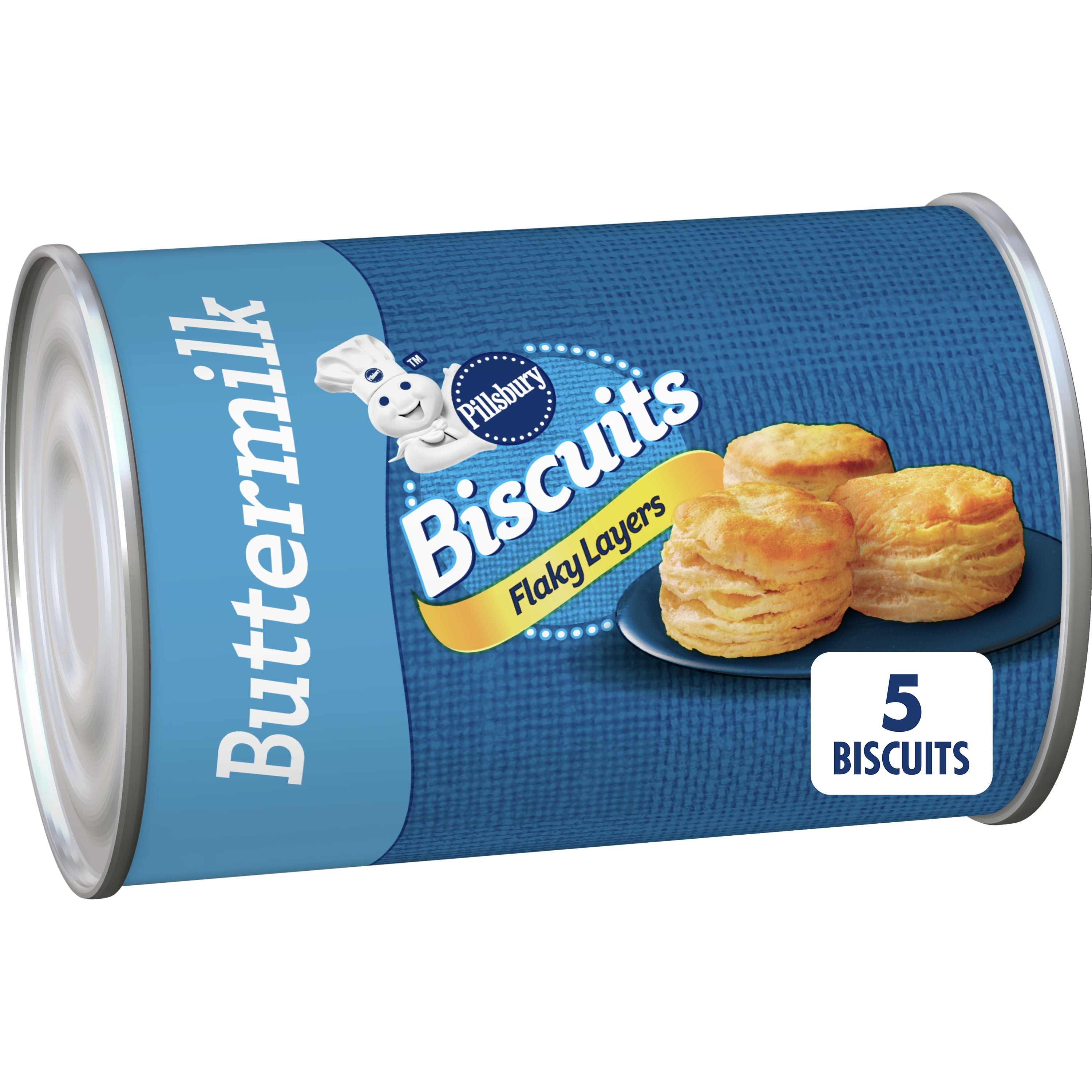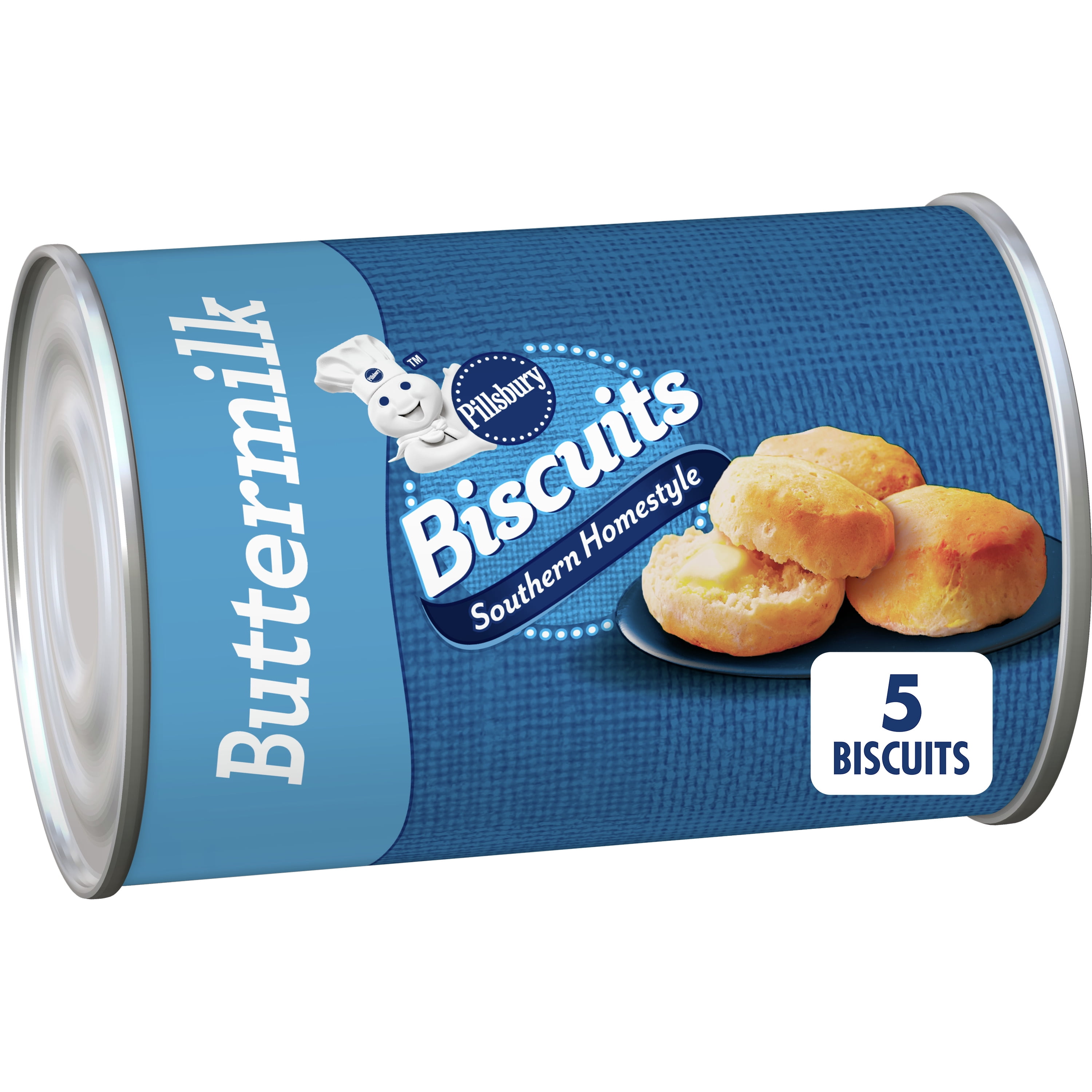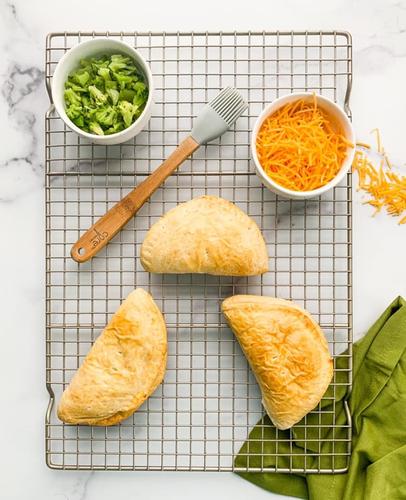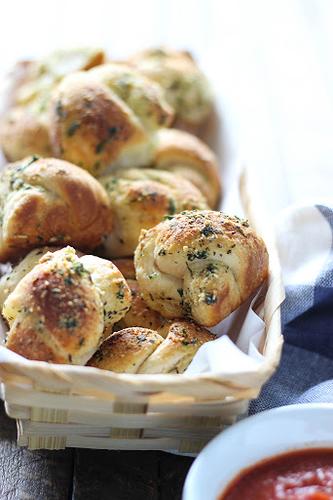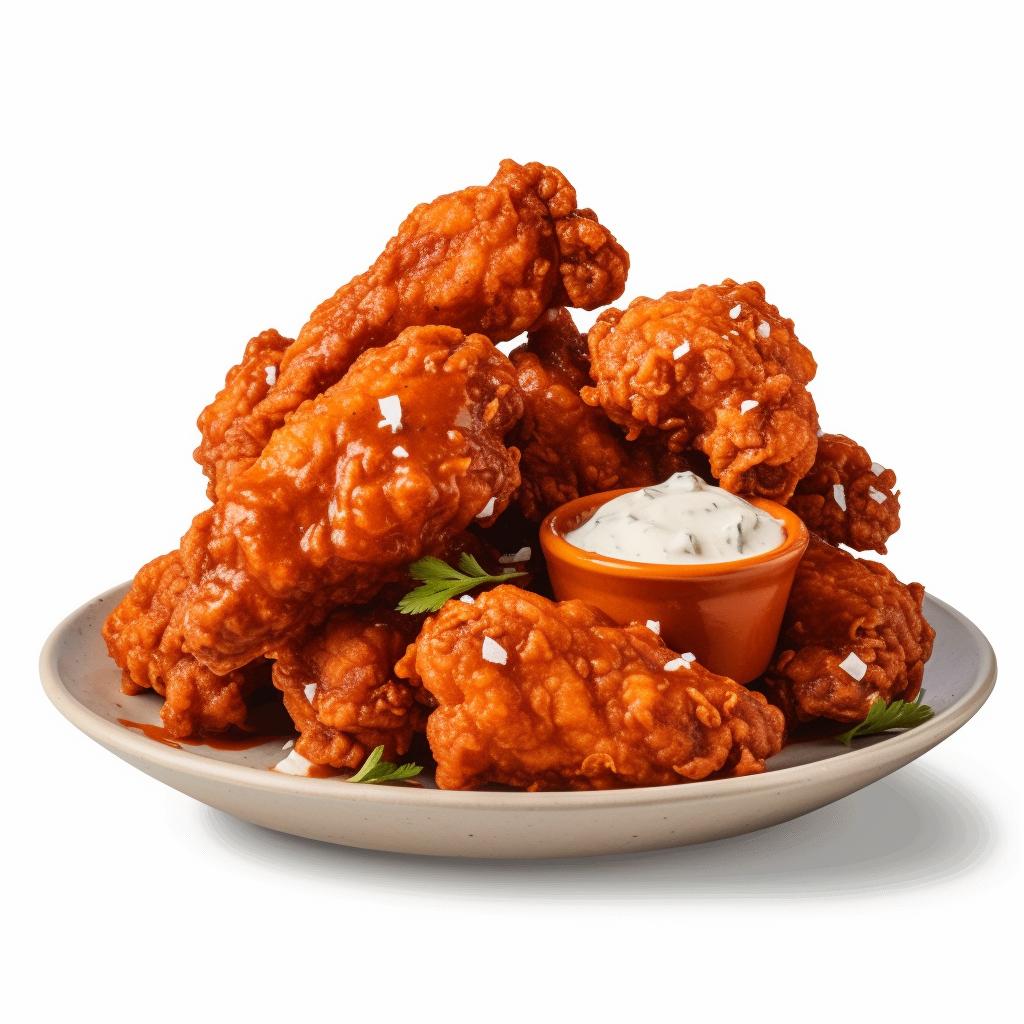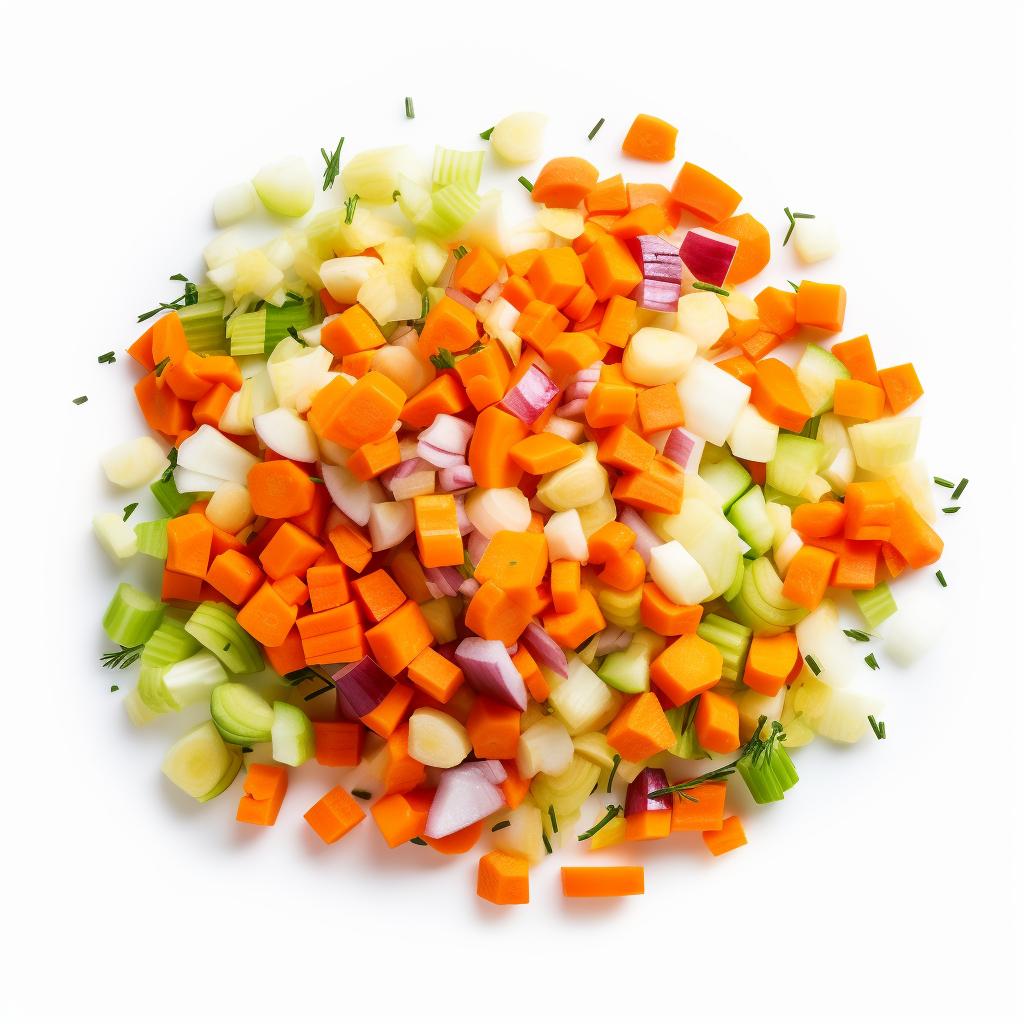Buttermilk Biscuit
Buttermilk biscuits are a traditional Southern American dish known for their fluffy texture and tangy flavor. These delicious bread products are made by quickly mixing flour, cold butter, baking powder, salt, and sugar with buttermilk. The use of chilled butter and swift handling of the dough ensure that the biscuits come out light and flaky.
Ideal for breakfast, snacks, or even as a side dish, buttermilk biscuits are quite versatile. They can be enjoyed simply with butter or honey, or used to sandwich scrumptious fillings like bacon, egg, or jam. These biscuits are also a staple in comfort foods like biscuits and gravy - offering satisfaction in every bite.
66%
CARBS
24%
FAT
10%
PROTEIN
57 Buttermilk Biscuit Products
Great Value Jumbo Buttermilk Biscuits
Great Value Biscuits Buttermilk
Great Value Flaky Jumbo Buttermilk Biscuits, 8 Count
Mary B's Biscuits, Buttermilk, Value Pack
Bake House Creations Jumbo Buttermilk Biscuits
Great Value Jumbo Buttermilk Biscuits
Pillsbury Flaky Layers Refrigerated Buttermilk Biscuits, 5 ct
Pillsbury Grands! Butter Tastin' Biscuits 20 ct Bag
Pillsbury Southern Homestyle Biscuits, Buttermilk, 5 ct
Hill Country Fare Texas Style Buttermilk Biscuits
Used In 5 Recipes
Buttermilk Biscuit Is Frequently Used With
Buttermilk Biscuit FAQ
Buttermilk biscuits, while simple in concept, often present some challenges to both novice and experienced home cooks. The key issues people often encounter involve ingredients, mixing method and oven temperature.
The first component, ‘buttermilk’, can often be difficult to source. It is integral to the recipe, not just for taste but also for aiding the chemical reaction with the baking powder, which assists the rise. Using simple milk will not provide the same effect. If buttermilk is not available, a common workaround is to sour some milk with a dash of vinegar or lemon juice.
Cold, diced butter is often used, as it melts while baking, creating steam pockets which provide that distinctive fluffiness. However, mixing the dough too much or too vigorously can result in the butter becoming too warm, thereby losing its ability to help the biscuit rise.
Oven temperature can be another point of contention. The biscuits need to be baked quickly at a high temperature to facilitate the rising process, but, it can often be difficult to ascertain when they are fully cooked without burning the outside.
Achieving the perfect biscuit texture can be a game of trial and error. But with patient practice and close attention to the process, one can master the art of the fluffy buttermilk biscuit.
Can I use regular milk instead of buttermilk?
Why do I need to use cold butter?
How come my biscuits aren't rising?
What temperature should I bake my biscuits at?
Why are my biscuits hard?
Can I use store-bought baking mix for my buttermilk biscuits?
How long does it take for biscuits to bake?
Can I make the dough ahead of time?
Can I use self-rising flour?
How can I make my biscuits even fluffier?
Equivalents
Health Info
Macros
22g
CARBS
8g
FAT
3g
PROTEIN
Allowed on these diets
LOW FAT
HIGH CALCIUM
VEGETARIAN
Contains these allergens
MILK
WHEAT
